Last Thursday, my cub scout pack had a blue and gold banquet. There was a male-only cake decorating contest; females could not help decorate the cakes. My dad and I decided to make a blue and gold macaw cake (also called blue and yellow macaw) because it was the blue and gold banquet. It was chocolate cake that we covered with white frosting. We drew the outline of the bird in black frosting, and we used different colored sprinkles for the color. It was very yummy.
-
Recent Posts
Recent Comments
- Cool Beans on Sea Lamprey
- Debbie Sharp on Gold Inca Snails
- K on Aphids
- Tracy on Gold Inca Snails
- will on Habitat Hotel
Subscribe
Blogroll
Tags
- 4-H
- alligator
- amphibian
- answer
- aphid
- April Fools
- aquarium
- audio
- auk
- baby
- badger
- beetle
- bird
- boa
- book
- box turtle
- Brookfield Zoo
- bug
- bug collection
- car
- cardinal
- cat
- caterpillar
- catfish
- chicken
- Christmas
- cichlid
- clam
- cnidaria
- cockroach
- crane
- crayfish
- cricket
- crocodilian
- crustacean
- dance
- Disney World
- dog
- donkey
- drawing
- duck
- echinoderm
- Epcot
- farm
- fish
- flag
- flamingo
- food
- frog
- game
- gamefowl
- gar
- gastropod
- Gatorland
- geocaching
- giving
- goat
- goose
- grasshopper
- hawk
- Heckrodt
- High Cliff
- Horicon Marsh
- ibis
- insect
- International Crane Foundation
- jellyfish
- joke
- ladybug
- lamprey
- macaw
- mammal
- manatee
- map turtle
- millipede
- Milwaukee County Zoo
- Milwaukee Public Museum
- Minnesota Zoo
- mollusk
- molly
- moth
- murre
- National Zoo
- NEW Zoo
- non-passerine
- octopus
- octowalrus
- orbweaver
- parrot
- passerine
- Pathways Church
- pelican
- penguin
- pet
- photo
- poison dart frog
- project
- rabbit
- rainbowfish
- ratite
- red panda
- reptile
- scouting
- scratch
- screamer
- seahorse
- sea urchin
- SeaWorld
- Shedd Aquarium
- sheep
- shrimp
- slider
- snail
- snake
- spider
- stork
- sunfish
- tadpole
- tang
- tetra
- Thanksgiving
- toad
- tortoise
- toy
- tree frog
- true bug
- turtle
- video
- walkingstick
- walrus
- waterfowl
- web
- whale
- wild
- Wisconsin
- zebu
- zoo


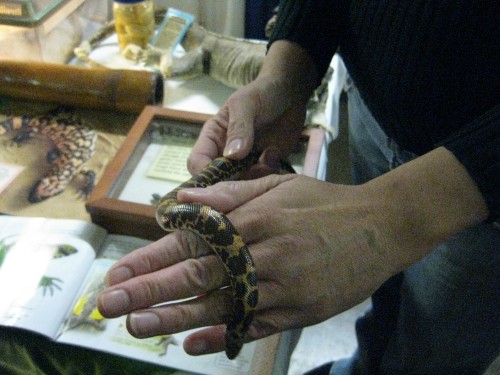


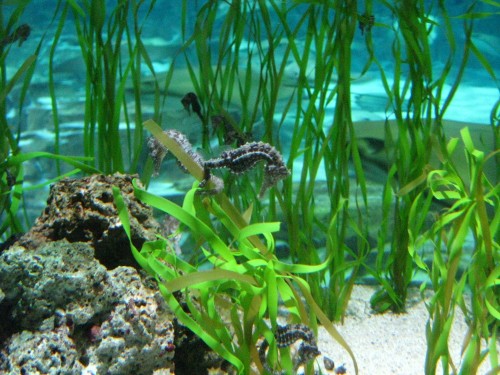



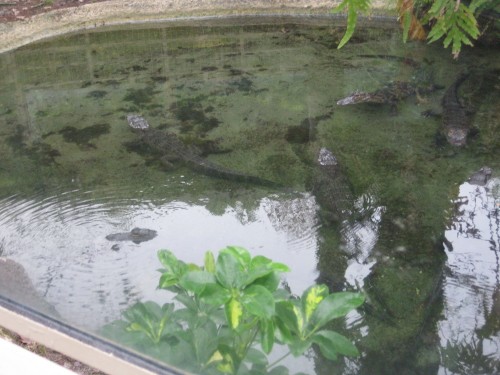
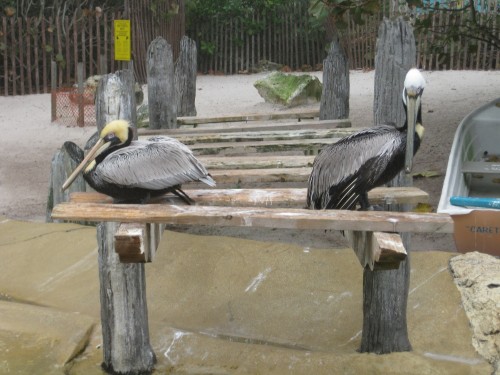
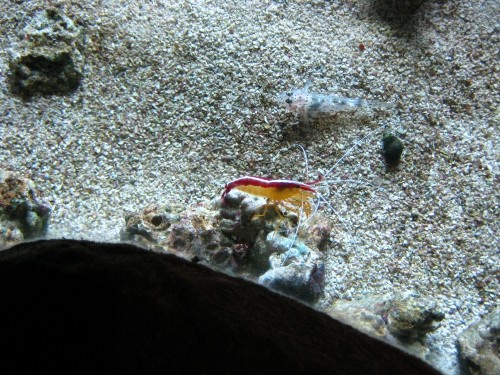
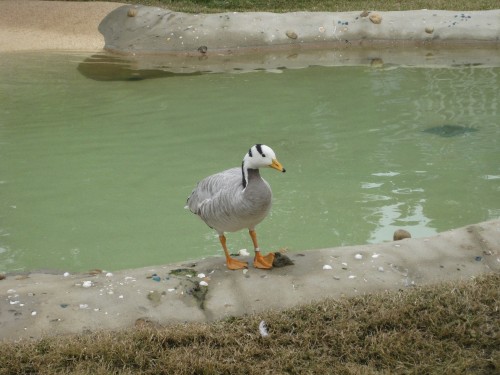

 RSS Feed
RSS Feed Facebook
Facebook Twitter
Twitter Subscribe by e-mail
Subscribe by e-mail